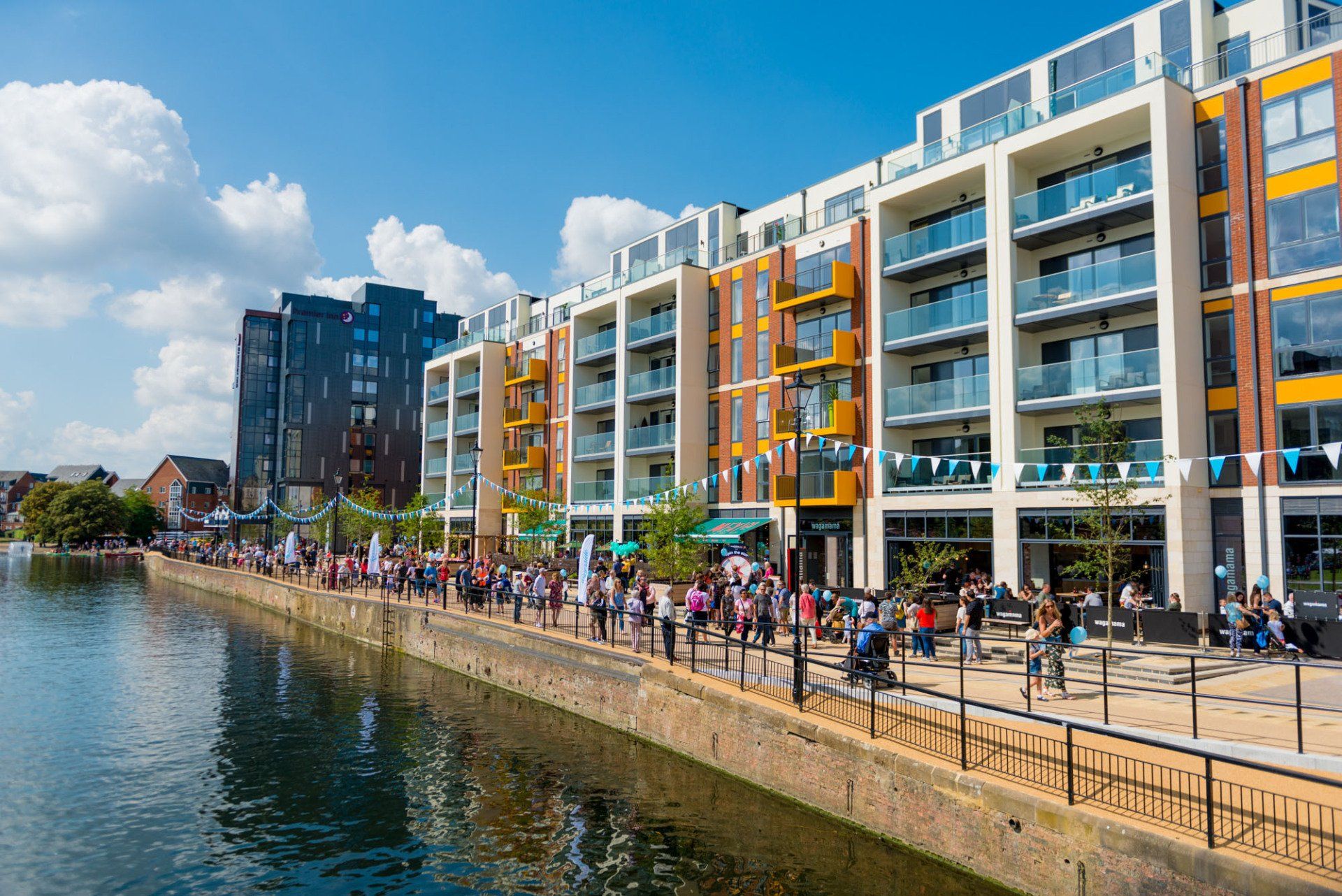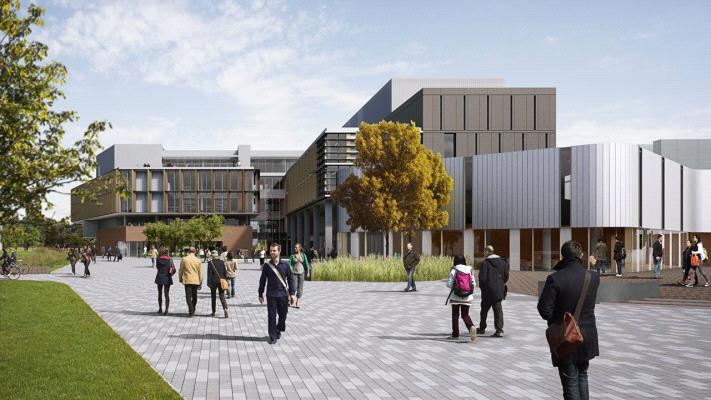A Look Back to COP26 and Looking Forward to 2022
As record-breaking numbers of delegates gathered in Glasgow in November last year, they were also joined by huge crowds of protesters outside; but the UK presidency of COP26 had set itself the ambitious task of “keeping 1.5C alive”. Whilst some heralded the conference as a success, there were many questions left unanswered and many timescales left open. Natalie Ibbott of CEC 3 Counties reports.
The “Glasgow Climate Pact” that emerged from the summit was welcomed by many for its commitment to doubling adaptation finance and requesting countries to present more ambitious climate pledges next year. The Pact “welcomes” the latest IPCC report and “expresses alarm and utmost concern” at warming having already reached 1.1C, with remaining carbon budgets now “small and being rapidly depleted” - current pledges, if met, will only limit global warming to about 2.4C.
Some were disappointed that COP26 failed to provide vulnerable nations with the money to rebuild and respond to the unavoidable impact of climate change and that the new 2030 promises amounted to 0.3C less warming if met, falling well short of 1.5C. Previous pledges to provide these countries with $100bn (£72bn) a year by 2020 was missed and so the prospect of a trillion dollar a year fund from 2025 was welcomed by most.
It was the first event COP decision to explicitly target action against fossil fuels, calling for a “phasedown of unabated coal” and “phase-out” of “inefficient” fossil-fuel subsidies. This was however, a weaker commitment than first proposed after a later intervention by China and India and no firm dates have been set.
Young people from around the world also made their voices heard on “youth and public engagement” day on 5 November by presenting the COP presidency with a “global youth statement”, which was signed by more than 40,000 young people from more than 130 countries.
Other COP26 highlights included:
- The world's biggest CO2 emitters, the US and China, pledged to cooperate more over the next decade in areas including methane emissions and the switch to clean energy.
- Leaders from more than 100 countries - with about 85% of the world's forests - promised to stop deforestation by 2030 (it is, however, unclear how the pledge will be policed).
- A scheme to cut 30% of methane emissions by 2030 was agreed by more than 100 countries (although notably missing China, Russia and India)
In an initiative to involve private companies in meeting net zero targets, financial organisations controlling $130tn also agreed to back "clean" technology, such as renewable energy, and direct finance away from fossil fuel-burning industries. Is this just a PR exercise or real action? We’ll have to wait and see.
Whilst we may need to reserve judgement on the outcomes of COP26, at CEC 3 Counties we are determined to continue to spread the word in support of creating more circular economy opportunities in Bedfordshire, Buckinghamshire and Northamptonshire. We are keen to hear from any local businesses, charities, community groups and individuals involved in circularity across the region. In 2021 we ran a number of events – some virtual, some physical – covering food sustainability, furniture re-use and fashion, amongst other topics. We will be putting a programme together for more of this in 2022, so get in touch if you want to get involved. We are also looking to develop a zero waste map for the region and highlight best practice and solutions for businesses large and small.







